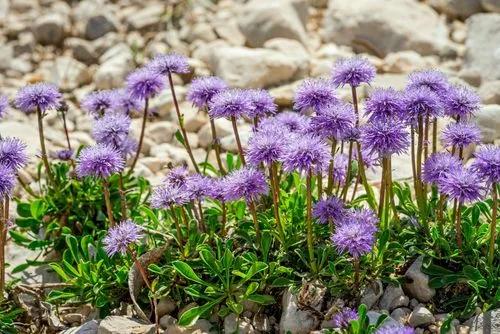Dianthus plants, also called pinks, are attractive and versatile blooming perennials. The variety called ‘Firewitch’ has an especially low growth habit and a clovelike aroma. They make good choices for flowering borders, rock gardens or mixed beds.
Dianthus Firewitch Care
Dianthus gratianopolitanus ‘Firewitch’



Firewitch dianthus (Dianthus gratianopolitanus ‘Firewitch’) was created by a German horticulturist in 1957, where it was named Feuerhexe. Blooming in May and June, their deep pink or magenta flowers are a beatific contrast against the blue-green, silvery grass-like foliage. The flowers are fragrant, smelling lightly like cloves. These fragrant flowers attract butterflies and hummingbirds. Firewitch flowers hold up against heat and humidity more than most dianthus flowers.
How to Care for the Plant

Water

Once established, the plants are drought tolerant. They prefer normal to light waterings. When watering, do not wet the foliage or crowns, as they may develop crown rot.

Fertilizer

Adding compost as you plant can also help boost the soil's organic content.

Sunlight

Firewitch dianthus plants grow best in full sun, but can tolerate light shade.

Soil

Give them well-drained, slightly sandy soil to avoid crown rot.

Temperature

The plant is hardy and can be grown in the areas with the lowest winter temperatures of −40°C (−40°F). Also, the flowers can also go dormant in consistently hot summer temperatures, above 85°F.

Popularity

313 people already have this plant 76 people have added this plant to their wishlists
Discover more plants with the list below
Popular articles






